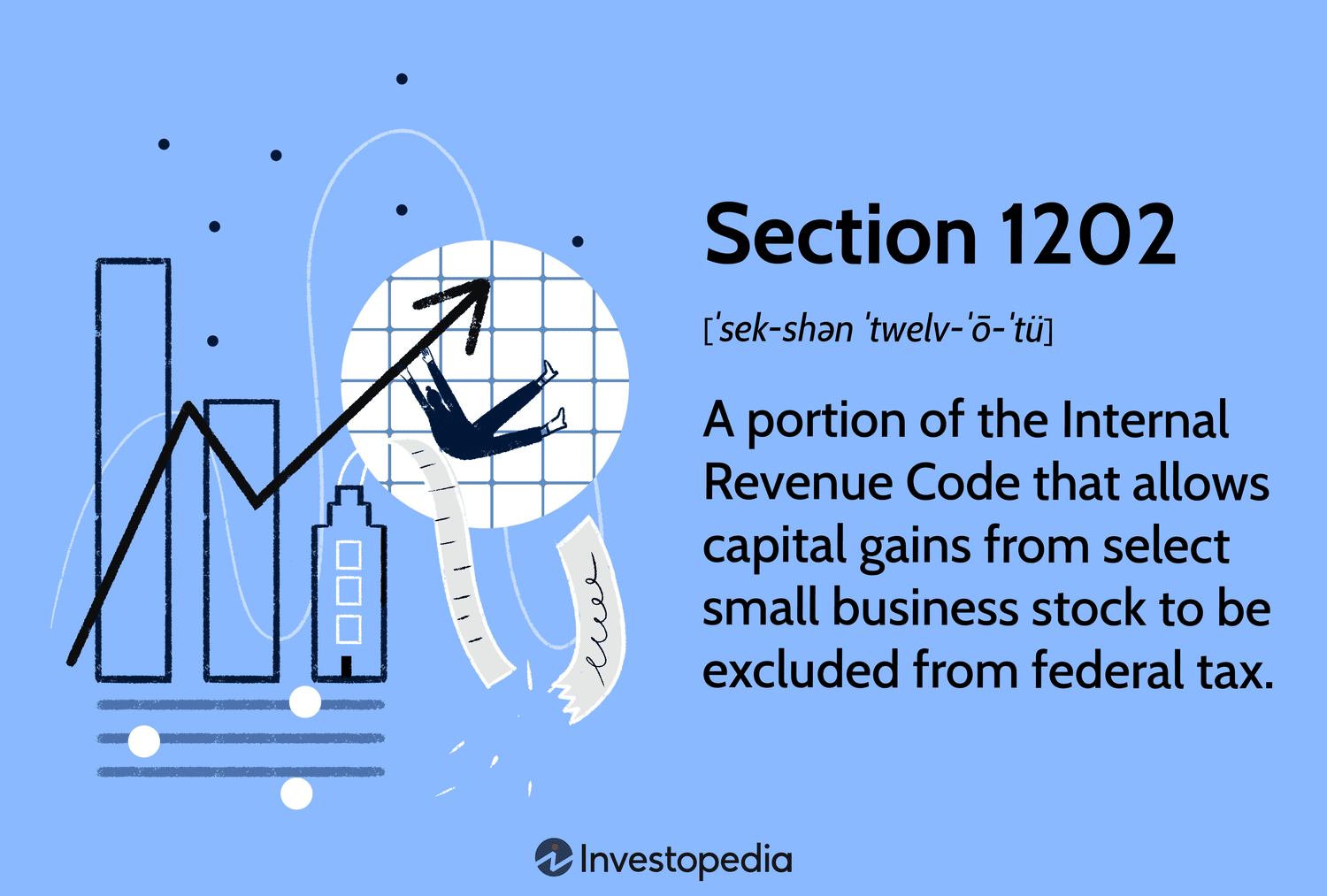The Sixteenth Amendment to the United States Constitution, which established the modern federal income tax law, was ratified and enacted into law 100 years ago today, on February 25, 1913.
While the tax code today stands at an estimated 4 million words, the amendment itself was nearly “tweetable”– at just 164 characters, according to CCH, a Wolters Kluwer business and a leading global provider of tax, accounting and audit information, software and services (CCHGroup.com).
This year marks CCH’s 100th anniversary providing tax law insight and analysis; it’s also the 100th anniversary of the modern income tax, which since 1913 has grown in both size and complexity, with taxpayers now spending an astounding 6 billion hours annually to prepare taxes and comply with tax laws.
“As the federal income tax law hits the century mark, this may be the year comprehensive tax reform takes shape,” said CCH Principal Federal Tax Analyst Mark Luscombe, JD, LLM, CPA. “2013 has been active already, with the passage of the American Taxpayer Relief Act on New Year’s Day. And, with sequestration looming, further tax law change is all but guaranteed very soon.”
But bigger change may be coming. The National Taxpayer Advocate Nina E. Olson has strongly urged Congress to look at 2013 as the time for reform. In the National Taxpayer Advocate’s Annual Report to Congress, Olson said she hopes 2013 brings about fundamental tax simplification.
Compliance is Complicated
After the Sixteenth Amendment was ratified, the United States Revenue Act of 1913 was enacted on October 3. (For more information, see CCH’s Important Dates in U.S. Tax History.)
At that time, the first reporting service on the tax code and related documents totaled just 400 pages; today, the CCH Standard Federal Tax Reporter, which includes the tax code and analysis, has reached 73,954 pages. See historical chart here; and fact sheet here.
Fortunately for tax professionals and the taxpayers who rely on them, technology is leveraged today to help cut through the complexity. CCH delivers all of this information via software solutions, online research and mobile devices, making answers easy to find and offering news, insight and analysis – anywhere, anytime.
Interestingly, however, the Form 1040 itself has shrunk. The Form 1040 for the 1913 tax year was three pages compared to the two pages the Form 1040 has trimmed down to in more recent years. But the devil’s in the detail – or at least in explaining the detail.
The 1913 instructions for Form 1040 required just one page, while the 2012 Form 1040 instructions including those for supporting schedules and forms comes in at 214 pages.
100 Years of Income Tax Rates – from 1 to 94 Percent and Everywhere in Between
Tax brackets today are considerably higher than in 1913. The 1913 law levied a 1-percent “normal income tax” on an individual’s net income plus a graduated tax of 1 to 6 percent more on income over $20,000 – which in today’s dollars would be the equivalent of about $465,212, adjusted for inflation.
The highest bracket, 7 percent, kicked in on income over $500,000 – equivalent to about $11.6 million in today’s dollars. In 1913, there were no separate brackets for single or married filers.
1913 Tax Rates & Brackets
| 1913 Nominal Rate | 1913 Adjusted for Inflation to Today | ||
| Tax Rate | Tax Brackets | Tax Rate | Tax Brackets* |
| 1.0% | $0 to $20,000 | 1.0% | $0 to $465,212 |
| 2.0% | $20,000 to $50,000 | 2.0% | $465,212 to $1,163,030 |
| 3.0% | $50,000 to $75,000 | 3.0% | $1,163,030 to $1,744,545 |
| 4.0% | $75,000 to $100,000 | 4.0% | $1,744,545 to $2,326,061 |
| 5.0% | $100,000 to $250,000 | 5.0% | $2,326,061 to $5,815,152 |
| 6.0% | $250,000 to $500,000 | 6.0% | $5,815,152 to $11,630,303 |
| 7.0% | $500,000 and more | 7.0% | $11,630,303 and more |
* Inflation-adjusted amounts as of February 2013; rounded to the nearest dollar.
Fast forward to 2013, and the tax brackets in effect for most taxpayers are:
2013 Tax Rates & Brackets
| Tax Rate | 2013 Taxable Income | |
| Single Filers | Married Joint Filers | |
| 10.0% | $0 to $8,925 | $0 to $17,850 |
| 15.0% | $8,925 to $36,250 | $17,850 to $72,500 |
| 25.0% | $36,250 to $87,850 | $72,500 to $146,400 |
| 28.0% | $87,850 to $183,250 | $146,400 to $223,050 |
| 33.0% | $183,250 to $398,350 | $223,050 to $398,350 |
| 35.0% | $398,350 to $400,000 | $398,350 to $450,000 |
| 39.6% | $400,000 and up | $450,000 and up |
While 2013 rates are considerably higher than 100 years ago, the 2013 rates are still significantly lower than the all-time high income tax rates experienced in the mid-20th century.
“As the U.S. ramped up for World War II, the tax rate for the highest income earners reached 94 percent. While rates went down slightly after the war, the highest tax bracket remained at more than 90 percent until the Tax Reform Act of 1964,” said Luscombe.
Even then, tax rates for the highest earners remained at 70 percent or more until the 1980s. (For more information on income tax rates, see A Historical Look at Top Marginal Income Tax Rates.)
Tax Exemptions from the Start
The income tax of 1913 taxed all sources of income from all Americans, whether they were living in in the United States or abroad. The income of resident aliens and U.S. income of non-residents also was taxed. Individuals could subtract a fixed amount of $3,000 per person plus an extra $1,000 for married couples in figuring their taxable income.
As with today, taxpayers in 1913 also could take deductions and were allowed exemptions for certain items. Also, there were no special tax rates for capital gains and dividends in 1913. Rather, they were taxed like all other income. However, the highest tax rate in 1913 was 7 percent.
Will Taxes Ever Be Simple?
While several efforts have been made to simplify and streamline taxes over the years, the size of the tax code has progressively increased. For a history on this, see the fact sheet below. For example, there have been nearly 5,000 changes to the tax code since 2001, an average of more than one a day.
“It’s not likely the tax code will ever be simple, but tax reform could make it much less complex,” said Luscombe. “Whereas just a few years ago it was still conceivable for many people to figure out their taxes on their own, it’s becoming increasingly risky for most people to try to do their taxes without the help of a tax preparer or tax preparation software.”
On the flipside, for students looking at a potential career – being a tax professional is well worth considering and is forecasted to see double-digit growth through 2020.
Thanks for reading CPA Practice Advisor!
Subscribe Already registered? Log In
Need more information? Read the FAQs
Tags: Income Taxes, IRS, Taxes



